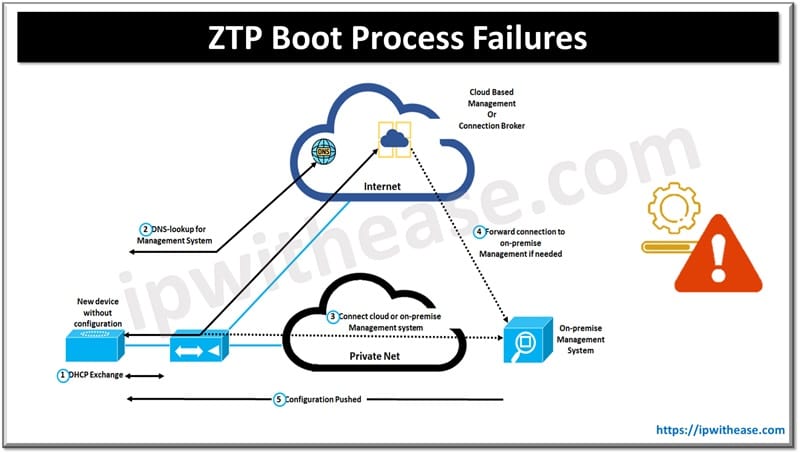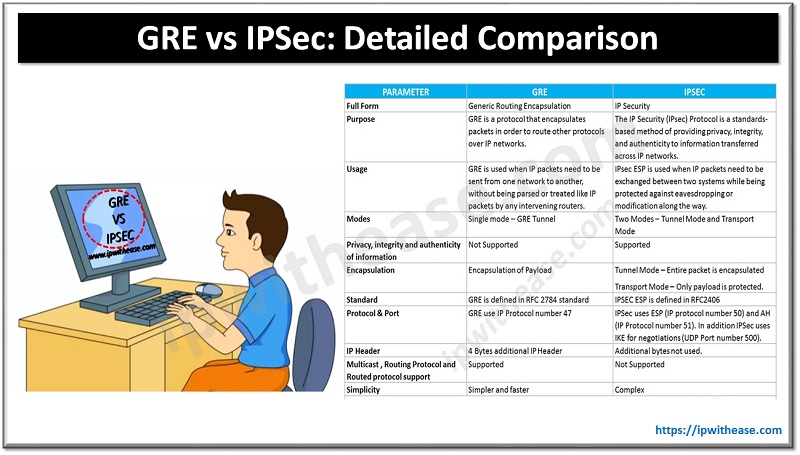Table of Contents
In an era where cybersecurity threats are becoming more sophisticated, banks and financial institutions are constantly seeking innovative ways to protect their customers from potential threats like phishing attacks. Phishing scams, where malicious actors impersonate legitimate organizations to steal sensitive information, have become a common threat. Traditional methods like passwords and PINs, though essential, are no longer enough to guarantee safety. To address these risks, banks are increasingly turning to QR codes as a means to enhance the security of customer account access.

QR codes, or Quick Response codes, offer a simple yet powerful way to reduce phishing risks and provide customers with a more secure and seamless banking experience. In this blog, we’ll explore how QR codes work, how they help mitigate phishing risks, and why using a reliable QR code generator can be a game-changer for financial institutions looking to secure customer access.
How QR Codes Help in Reducing Phishing Risks
Phishing attacks typically involve sending fraudulent emails or messages that direct users to fake websites designed to steal personal information, such as usernames, passwords, and bank account details. Since phishing attacks rely heavily on tricking users into clicking malicious links, the introduction of QR codes into the login process adds an additional layer of security that is difficult for cybercriminals to exploit.
1. Eliminating URL Manipulation
QR codes eliminate the need for customers to manually type URLs, which is a common point of vulnerability. In a typical phishing attack, a malicious actor might trick a user into visiting a fake website that looks identical to the real one, hoping they will enter their login credentials. With QR codes, users scan the code directly from a trusted source (e.g., an official banking app or website), which ensures they’re directed to the correct page. There is no risk of mistyped or manipulated URLs, effectively reducing the likelihood of phishing.
2. Direct and Secure Authentication
QR codes can facilitate more secure login processes by redirecting customers directly to a secure authentication page. For instance, when accessing their bank account through a mobile app or website, a QR code can be generated that links to a trusted, encrypted page. By scanning the QR code, customers can securely authenticate their identity without having to manually enter potentially vulnerable data, such as login credentials or passwords.
3. One-Time Authentication
QR codes can be used to generate one-time authentication codes, which expire after a set period. This dynamic and time-sensitive method ensures that even if a hacker manages to intercept the code, they will not be able to use it to access the account. One-time-use QR codes are another excellent way for banks to implement a robust security system while minimizing the risk of phishing attacks.
The Benefits of QR Codes in Banking Security

1. Enhanced Customer Experience
Besides improving security, QR codes offer a smoother, more user-friendly experience for customers. Scanning a QR code eliminates the need for customers to remember complex passwords or manually type long URLs, simplifying the login process. This ease of access can make users feel more secure and confident when managing their finances online.
2. Speed and Convenience
QR codes provide an immediate, one-step method for secure login. Instead of waiting for verification codes sent by email or SMS (which can be delayed or intercepted), customers can access their accounts instantly by scanning a QR code. This not only speeds up the process but also ensures that their login credentials are never exposed in transit.
3. Reduced Risk of Social Engineering Attacks
Social engineering attacks, where criminals manipulate individuals into revealing confidential information, can be mitigated with QR codes. Since QR codes link directly to a secure and verified platform, there is little opportunity for malicious actors to influence or deceive users into entering their details into fraudulent websites or apps.
Why Use a Reliable QR Code Generator
To ensure the highest level of security, it is crucial to use a trusted and reliable QR code generator for banking applications. A reliable code generator like Uniqode’s QR code generator offers robust features for creating secure, encrypted QR codes that are ideal for financial institutions and businesses. With such a generator, banks can easily create encrypted QR codes that offer secure redirects, one-time-use codes, and time-sensitive functionalities to protect customer data.
These features ensure that QR codes link only to secure, verified websites, significantly reducing the risk of malicious redirection. By implementing QR codes in the login process, banks can provide a more secure and convenient way for customers to access their accounts while minimizing potential security threats.
Conclusion
QR codes are rapidly emerging as a powerful tool for reducing phishing risks and enhancing security in online banking. By providing a direct, encrypted method for authentication and eliminating the risks associated with manually typed URLs, QR codes ensure that users are always directed to a trusted site. Financial institutions that integrate QR codes into their login processes not only improve security but also enhance the user experience by offering faster, more convenient access to their accounts.
To make the most of this innovative security measure, it’s crucial to use a reliable QR code generator. By doing so, banks and financial institutions can strengthen their security measures, protect customer data, and stay ahead of evolving cyber threats.
ABOUT THE AUTHOR
IPwithease is aimed at sharing knowledge across varied domains like Network, Security, Virtualization, Software, Wireless, etc.



